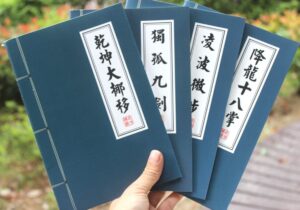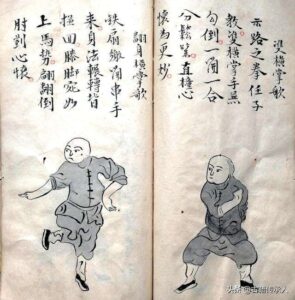SKIN: fenestra Progress
Part-one: Guide form – Pop-up book
For now I am focusing on learning skills of making pop-up books.
I found some tutorials (videos and books) and practiced in several basic structures. My understanding of this form is developed in this progress, and now I have a general idea about how to make the guide. The next steps are: first, chooses the structures I need for this guide, and second, design the details about my guide to make sure I can finish it on time with all the information I want to display.




Part-two: Metaphor
I spent most of my time for finding out the best metaphor I want to use. I did this by deconstruct “fenestra” into abstract pieces and reconstruct them into different things, concepts and systems. Two topic appears at the very beginning: underground water&caverns systems and urban water circulation.
These are still one step from what I want to do. So I did several more times of deconstruction and reconstruction. Then I found emotion balancing. How each individual dealing with his/her bad emotions. This is the direction I plan to dig into. Based on this idea, a simple story-line is been developed.

 .
. 








